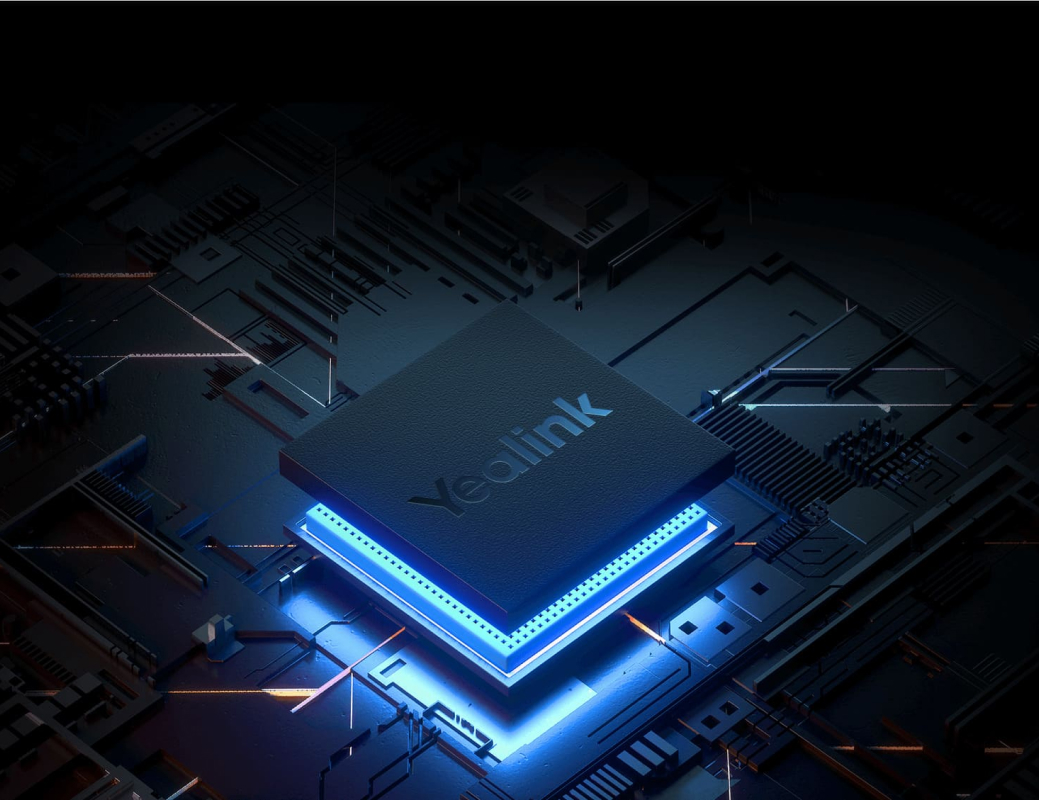Introduction
In today’s fast-evolving digital landscape, the importance of cybersecurity cannot be overstated. As businesses increasingly rely on Voice over Internet Protocol (VoIP) systems, ensuring these infrastructures are fortified against cyber threats becomes crucial. The integration of robust cybersecurity measures into your existing VoIP infrastructure not only protects sensitive data but also maintains the integrity and continuity of communication channels. In this article, we delve deep into the realm of VoIP phone systems, exploring how to effectively embed cybersecurity protocols within them.
Understanding VoIP Phone Systems
What is a VoIP Phone System?
A VoIP phone system allows users to make voice calls using an internet connection instead of a traditional analog phone line. This technology converts audio signals into digital data packets, which are then transmitted over the internet. The benefits are manifold—cost savings, flexibility, and advanced features like voicemail-to-email and call forwarding.
Key Components of VoIP Phone Systems
The Rise of VoIP in Modern Businesses
As organizations adapt to remote work and global interconnectedness, the adoption rate of VoIP phone systems has surged. This shift is primarily due to their scalability and cost-effectiveness compared to conventional telephony solutions.
The Importance of Cybersecurity in VoIP Systems
Why Do You Need Cybersecurity for Your VoIP Phone Systems?
With increasing reliance on digital communications comes increased vulnerability to cyber attacks. Cybercriminals exploit weaknesses in network security to intercept calls, steal sensitive information, or disrupt services altogether.
Common Threats to VoIP Infrastructure
Eavesdropping
: Unauthorized access to voice conversations.
Denial-of-Service (DoS) Attacks
: Overloading systems to render them unusable.
Caller ID Spoofing
: Manipulating caller IDs for fraudulent purposes.
Malware
: Malicious software designed to damage or disrupt systems.
Integrating Cybersecurity Measures into Your Existing VoIP Infrastructure
Assessing Current Security Posture
Before implementing new security measures, it’s essential to conduct a thorough assessment of your existing infrastructure:
Implementing Strong Authentication Mechanisms
One fundamental step in securing your VoIP systems is ensuring robust authentication processes:

Utilize multi-factor authentication (MFA) for all users accessing the VoIP network. Enforce strong password policies that require complexity and regular updates.
Regular Software Updates and Patching
Keeping your software up-to-date is non-negotiable:
Schedule regular updates for your VoIP applications and devices. Apply security patches promptly to mitigate vulnerabilities.
Utilizing Firewalls and Intrusion Detection Systems (IDS)
The Role of Firewalls in VoIP Security
Firewalls serve as barriers between trusted internal networks and untrusted external networks:
Intrusion Detection Systems (IDS)
An IDS monitors network traffic for suspicious activity:
Implement an IDS tailored for real-time analysis of incoming calls. Set alerts for unusual patterns indicative of potential breaches.
Encryption Techniques for Enhanced Security
Why Encrypt Your VoIP Communications?
Encryption protects data by converting it into unreadable formats without proper decryption keys:
VPNs: Securing Remote Connections
Virtual Private Networks (VPNs) encrypt data sent over public networks:
Deploy VPNs for remote employees accessing company resources via their VoIP phones. Ensure all communications through VPNs are encrypted end-to-end.
Monitoring Network Traffic for Anomalies
Proactive Network Monitoring Strategies
To enhance security posture proactively:
Setting Up Alerts for Suspicious Activities
Establish alert mechanisms that notify administrators when unusual activities occur:
Create thresholds based on normal usage patterns that trigger alerts if exceeded.
User Training and Awareness Programs
Why User Education Matters?
Even with top-notch technology, human error remains a significant vulnerability:

Encouraging Reporting Mechanisms Among Employees
Create a culture where employees feel empowered to report suspicious activities without fear of repercussions:
Develop clear guidelines on how staff should report potential threats or breaches involving their VoIP phone systems.
FAQ Section
1. What are common vulnerabilities in a VoIP phone system?
Common vulnerabilities include eavesdropping, DoS attacks, caller ID spoofing, and malware infestations.
2. How can I enhance my existing cybersecurity measures?
Implement strong authentication methods, conduct regular software updates, use firewalls, employ encryption techniques, monitor network traffic actively, and educate users about best practices.
3. Why is encryption important in a VoIP system?
Encryption ensures that voice communications are secure from unauthorized interception during transmission over networks.
4. Should I use a VPN with my VoIP service?
Yes! A VPN VoIP Phone System adds an extra layer of security by encrypting data sent over public networks when using your VoIP phone system remotely.

5. How can I monitor my network traffic effectively?
Utilize monitoring tools designed specifically for analyzing call patterns while setting up alerts for any anomalies detected within the system's usual operation parameters.
6. What role does user training play in securing a company's communications?
User training significantly reduces risks associated with human error by educating employees on recognizing threats like phishing attempts targeting their communications platform.
Conclusion
In conclusion, integrating robust cybersecurity measures into your existing VoIP infrastructure requires a multi-faceted approach encompassing technology enhancements alongside user education initiatives tailored specifically around safeguarding these vital communication platforms from emerging threats prevalent within today's digital landscape—an endeavor well worth pursuing given our increasing dependence upon efficient connectivity across various sectors worldwide! As you embrace this transformative journey towards heightened vigilance concerning cyber risks associated with modern-day telecommunications solutions—remember; it's not merely about deploying sophisticated defenses but cultivating awareness among users themselves who collectively contribute towards maintaining resilience against adversaries lurking beyond sight!
Integrate those measures wisely; you will fortify not just your organization’s communication lines but also its very essence—the ability to connect seamlessly without compromise!






























